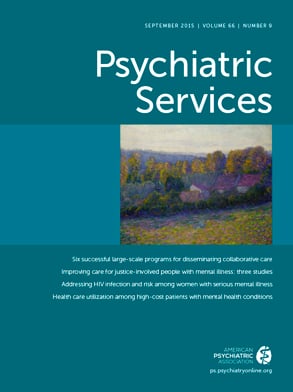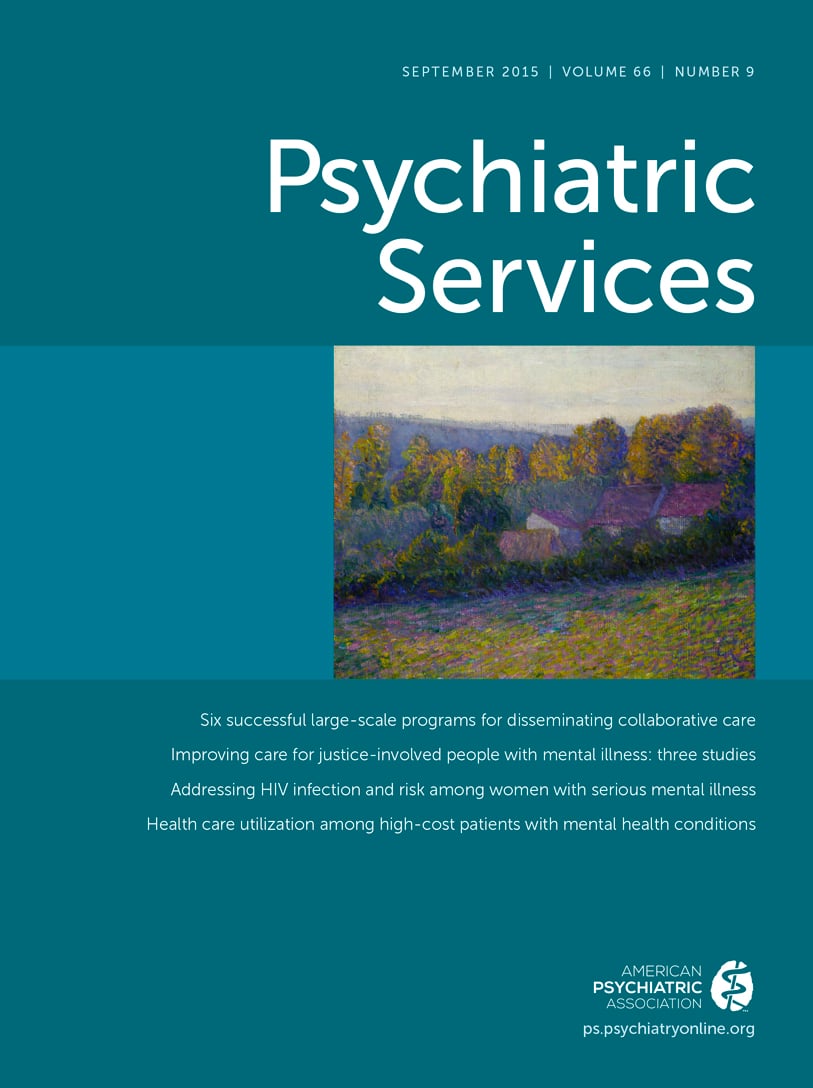Gallup-Healthways survey puts nation’s uninsured rate at 11.7%: The proportion of Americans without health insurance has dropped sharply since the Affordable Care Act (ACA) took effect in January 2014. Nationwide, the uninsured rate fell from 17.3% in 2013 to 11.7% through the first half of 2015. The declines were significantly higher in the 22 states that have both expanded Medicaid and set up their own state insurance exchanges (either independently or via a federal partnership), compared with the 28 states that took one or neither of these steps. In the 22 states, the uninsured rate declined 7.1 percentage points (a 44% reduction in the uninsured population), compared with a 5.3-point drop (28% reduction) across the 28 states. Five states have seen reductions of more than 10 percentage points: Arkansas, Kentucky, Oregon, Rhode Island, and Washington. Seven states now have uninsured rates at or below 5%: Rhode Island, Massachusetts, Vermont, Minnesota, Iowa, Connecticut, and Hawaii. Before the ACA took effect, only Massachusetts had been at or below this rate. The data were collected as part of the Gallup-Healthways Well-Being Index, which included the following question: “Do you have health insurance coverage?” Results are based on telephone interviews with random samples of adults conducted from January to December 2013 (N=178,072) and from January to June 2015 (N=88,667) in all 50 states and the District of Columbia. More details are available on the Gallup Web site (
www.gallup.com).
Kaiser survey finds large declines in California’s uninsured rate: About two-thirds (68%) of previously uninsured adults in California have health care coverage after the ACA’s second open enrollment period, according to data from the current Kaiser Family Foundation’s Longitudinal Panel Survey. The share is up from 58% after the first open enrollment period. Since 2013, the telephone survey has been following the experiences of a randomly selected group of Californians who were uninsured before ACA implementation. In the latest check-in with survey participants, the group that gained coverage was much more likely than when they were uninsured to report that their health needs are being met and much less likely to report problems paying for care. In contrast, there were no changes in access or ability to pay for those who remain uninsured. Before enactment of the ACA, California had the largest nonelderly uninsured adult population in the nation, at nearly 6 million. Under the law, California expanded Medicaid and created Covered California, the state’s insurance marketplace. In the latest follow-up survey, many of those who remain uninsured had little interaction with the health insurance system in the years before the ACA implementation; 41% are undocumented immigrants who are not eligible for Medi-Cal or assistance through Covered California, and 43% are likely eligible for coverage but had been without coverage for at least two years at the baseline survey or had never had insurance. Immigration concerns appear to be a barrier for some Hispanics, who account for 70% of those who remain uninsured; half of this group reported being worried that signing up for health insurance will draw attention to their immigration status or that of a family member.
California’s Previously Uninsured After the ACA’s Second Open Enrollment Period is available on the Kaiser Foundation Web site (
kff.org/health-reform).
IOM report highlights research-to-practice gap for psychosocial interventions: Evidence-based psychosocial interventions are frequently not available as part of routine clinical care for mental and substance use disorders. Recognizing that health care reform and national parity legislation will give more Americans access to behavioral health care, the Institute of Medicine (IOM) convened an expert committee, chaired by Mary Jane England, M.D., to create a framework for use in developing efficacy standards for psychosocial interventions and ensuring their widespread dissemination. The committee defined psychosocial interventions as “interpersonal or informational activities, techniques, or strategies that target biological, behavioral, cognitive, emotional, interpersonal, social, or environmental factors with the aim of reducing symptoms and improving functioning or well-being.” Such interventions include psychotherapies; community-based treatments, such as early intervention for first-episode psychosis; vocational rehabilitation; peer support services; and integrated care interventions. The committee’s proposed framework highlights the need to support research to strengthen the evidence base; identify key effective elements; conduct reviews to inform clinical guidelines; develop quality measures; and establish methods for successfully implementing and sustaining interventions in regular practice. The 170-page report,
Psychosocial Interventions for Mental and Substance Use Disorders, can be downloaded from the IOM Web site (
iom.nationalacademies.org/Reports/2015/Psychosocial-Interventions-Mental-Substance-Abuse-Disorders.aspx).
WPA calls for inclusion of integrated care in UN development goals: The World Psychiatric Association (WPA) has adopted a statement calling on United Nations (UN) member states to move toward collaborative and integrated mental health care as a means of “achieving total health for all.” The statement, which was approved by a unanimous vote of the WPA executive committee in June, describes the global burden of mental disorders, which are largely treated in primary care settings. The statement notes that “the collaboration and integration of primary care, mental health, and public health is proven to enhance access, quality, and sustainability” and urges the inclusion of collaborative and integrated care in the updated UN Sustainable Development Goals. The statement also requests that UN member states “allocate the necessary human, financial, and technological resources for training, education, and implementation of this resolution.” The full statement is available on the WPA Web site (
www.wpa2015bucharest.org/WPA-Bucharest-Statement-on-Collaborative-and-Integrated-Care).
CMS letter describes new service delivery options for substance abuse treatment: The Centers for Medicare and Medicaid Services (CMS) has issued a letter to state Medicaid directors informing states of new opportunities for providing services to individuals with substance use disorders. States may apply for a Section 1115 demonstration waiver to test Medicaid coverage of a full array of treatment services in the context of comprehensive transformation of the delivery system for substance use disorder treatment. The letter outlines CMS's expectations for a transformed delivery system and the submission process for a demonstration project application. Because statutory payment exclusions for services provided in specific settings may limit states' abilities to offer a full continuum of evidence-based care to individuals with substance use disorders, demonstration projects are permitted to extend coverage for services delivered in short-term inpatient settings (15 days or less) and short-term residential settings (average of 30 days) otherwise prohibited under the Institution for Mental Disease payment exclusion. The full letter is available on the CMS Web site (
www.medicaid.gov/search.html?q=SMD%20%23%2015-003).
Webinar orients providers to NAMI’s Homefront program: Many military personnel and veterans do not seek treatment for symptoms of mental disorders. Families may experience stress and anxiety related to multiple deployments and to changes they see in the service member or veteran. In response, the National Alliance on Mental Illness (NAMI) has developed NAMI Homefront, a free, six-session education program for family and friends of service members and veterans with mental health conditions. Homefront, which is based on NAMI’s Family-to-Family Education Program, is offered by NAMI local affiliates across the country. It focuses on the unique needs of military and veteran communities, such as postdeployment and postdischarge transitions, and is designed to help participants support their loved one while also maintaining their own well-being. With support from the Substance Abuse and Mental Health Services Administration, NAMI has developed a Webinar to orient clinicians and other service providers to Homefront. The Webinar provides insight into military culture, explores ways in which the mental health field can reach out to these families, and reviews available resources. The Webinar, “On the Homefront: Connecting Military, Vets and Their Families with Mental Health Care” is available on the NAMI Web site (
www.nami.org/About-NAMI/NAMI-News/SAMHSA-Sponsored-Webinar-On-the-Homefront-Connec-en).
Two NASHP reports describe states’ initial experience with key ACA provisions: Under the ACA, states have three basic models for creating health insurance marketplaces: the state-based marketplace (SBM), in which states assume all responsibility for operation and maintenance; the state partnership marketplace, in which states assume responsibility for plan management or consumer assistance or both; and the federally facilitated marketplace, in which all functions are performed by the federal government. A new issue brief from the National Academy for State Health Policy (NASHP) highlights early developments in the 16 states and the District of Columbia that operate an SBM. These states have enrolled more than 2.8 million people in health plans and account for eight of the 11 states with the greatest percentage decreases in uninsured populations. The nine-page brief,
The State-Based Marketplaces: A Focus on Innovation, Flexibility, and Coverage, describes both the challenges that these states have faced in setting up an SBM and the advantages that they have gained. Many states built ambitious and complex information technology (IT) systems under tight timelines and with substantial up-front costs. However, these robust IT infrastructures are now allowing some states to move toward full integration of their marketplaces with state health and human services programs. In addition, SBMs themselves have begun to play important roles in the insurance arena, working with insurance regulators to improve quality and affordability and taking on more active purchasing roles to foster competition between insurance carriers. A second NASHP issue brief,
State Enrollment Experience: Implementing Health Coverage Eligibility and Enrollment Systems Under the ACA, highlights promising practices and lessons learned by states in making ACA-required changes to Medicaid. Although states can choose whether to develop their own insurance marketplace or expand Medicaid, the ACA requires all states to make substantial changes to Medicaid eligibility policy and enrollment systems. Both issue briefs are available on the NASHP Web site (
nashp.org).
NIDA offers new online resources: The National Institute on Drug Abuse (NIDA) has created new sections of its Web site designed to educate providers and the public and point them to further resources. The first, “Substance Use in Women” (
www.drugabuse.gov/related-topics/women-drugs) describes biological and cultural issues unique to women with substance use problems. It summarizes research about women and commonly abused drugs, including marijuana and prescription medications and presents current findings related to drug use while pregnant or breastfeeding and to gender differences in drug addiction treatment. It also examines other issues, such as co-occurring disorders, women and violence, and the importance of including women in research. The second Web section, “Therapeutic Communities” (
www.drugabuse.gov/publications/research-reports/therapeutic-communities) describes principles and practices of this common model of long-term residential treatment for substance use disorders. The site addresses questions such as how therapeutic communities treat populations with special needs, such as women, adolescents, and individuals who are homeless or who have co-occurring disorders; how therapeutic communities are integrated with the justice system; and how many therapeutic communities have incorporated medications for addiction into treatment, although the model has historically followed a strict no-drug policy.

